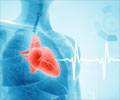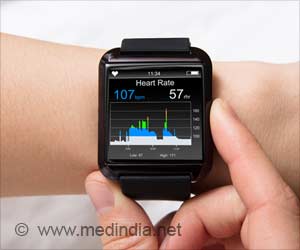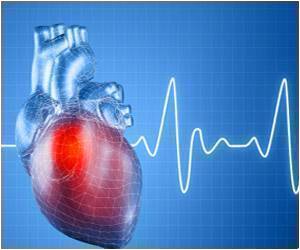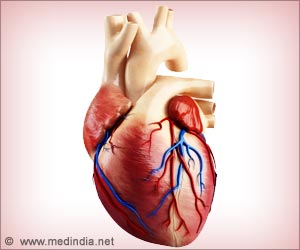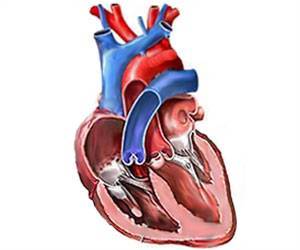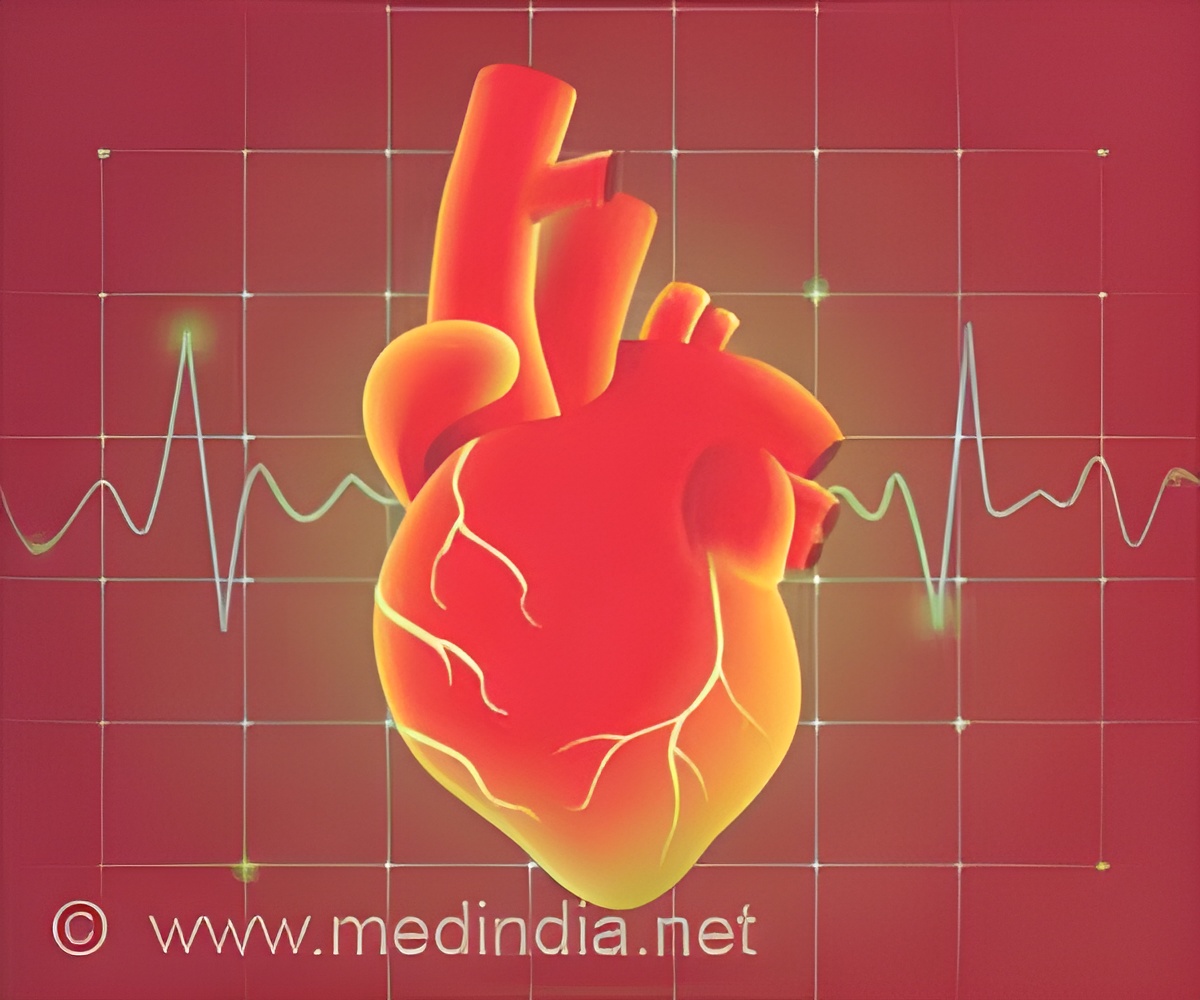
Etripamil Nasal Spray for Conversion of Repeated Spontaneous Episodes of Paroxysmal Supraventricular Tachycardia During Long-Term Follow-Up: Results From the NODE-302 Study
Go to source). This new research was published in the Journal of the American Heart Association, an open-access, peer-reviewed journal of the American Heart Association. This new medication is still awaiting approval from the U.S. Food and Drug Administration.
Handy Etripamil Nasal Spray at Home Aids to Manage Fast Heartbeat
“This is a potential new and exciting option for patients to safely self-treat their rapid heartbeat without direct medical supervision to avoid emergency room visits and medical interventions,” said James E. Ip, M.D., lead author of the study and an associate professor of clinical medicine at Weill Cornell Medicine at New York-Presbyterian Hospital in New York City.‘About 1 in 300 people in the United States experience intermittent periods of rapid heartbeat. For such patients, especially in emergencies, etripamil nasal spray may be a great option to manage without medical supervision. #etripamil #nasalspray #tachycardia #normalheartrhythm’
Tweet it Now
The standard treatment during an episode is to slow your heart rate by performing physical actions called vagal maneuvers, one of which is done by trying to bear down, achieved by breathing out with your stomach muscles but you don’t let air out of your nose or mouth. These types of actions can make your vagus nerve slow electrical conduction through the atrioventricular (AV) node, which regulates the timing of the electrical pulses to the lower portion of the heart. If the self-administered vagal maneuvers are not effective (which happens about 20-40% of the time), the person should seek immediate treatment of intravenous medication at an emergency room to return the heart rate to normal. In the United States, about 50,000 emergency room visits a year are for paroxysmal supraventricular tachycardia, Ip said.
Experimenting Etripamil Nasal Spray in Managing Tachycardia and Its Favorable Outcomes
In a previous study, people with the disorder treated themselves with either etripamil or a placebo nasal spray for a single episode of rapid heartbeat. Participants applied an electrocardiogram (ECG) patch at the onset of symptoms, did a vagal maneuver, and self-administered the nasal spray if the rapid heartbeat continued — keeping the ECG patch on for at least five hours.In that study, the first time that etripamil was used without direct supervision, normal heart rhythms were restored within 30 minutes in 54% of patients, compared to 35% with placebo, and the medication was found to be safe and well tolerated. The ECG patch is a wearable heart monitor that has a small device with an adhesive that sticks on the chest skin surface and is wirelessly connected to a cell phone to transmit the ECG data.
All people in that randomized trial were invited to participate in the current open-label study that allowed patients to self-treat with etripamil during multiple episodes of paroxysmal supraventricular tachycardia (PSVT). Of the 169 patients enrolled, 105 self-administered at least one dose of etripamil (70 mg) during the median 232-day study period.
The new study found:
- Etripamil restored heart rate to normal within 30 minutes in 60.2% of the 188 verified PSVT episodes, and within an hour in 75.1% of the episodes.
- Of the 40 participants who self-treated two episodes, 63.2% responded to the medication within 30 minutes. Nine people (23%) did not convert to a normal heart rate on either episode, and 21 (53%) converted to normal heart rate on both episodes.
- Safety was assessed regardless of whether the episode was confirmed by ECG. Thirty-four participants (32.4%) reported one or more side effects from the medication, most commonly mild-to-moderate nasal congestion or discomfort, or a runny nose. There were no serious heart-related adverse events.
Advertisement
Reference:
- Etripamil Nasal Spray for Conversion of Repeated Spontaneous Episodes of Paroxysmal Supraventricular Tachycardia During Long‐Term Follow‐Up: Results From the NODE‐302 Study - (https://www.ahajournals.org/doi/10.1161/JAHA.122.028227)
Source: Eurekalert

